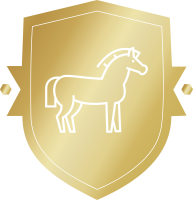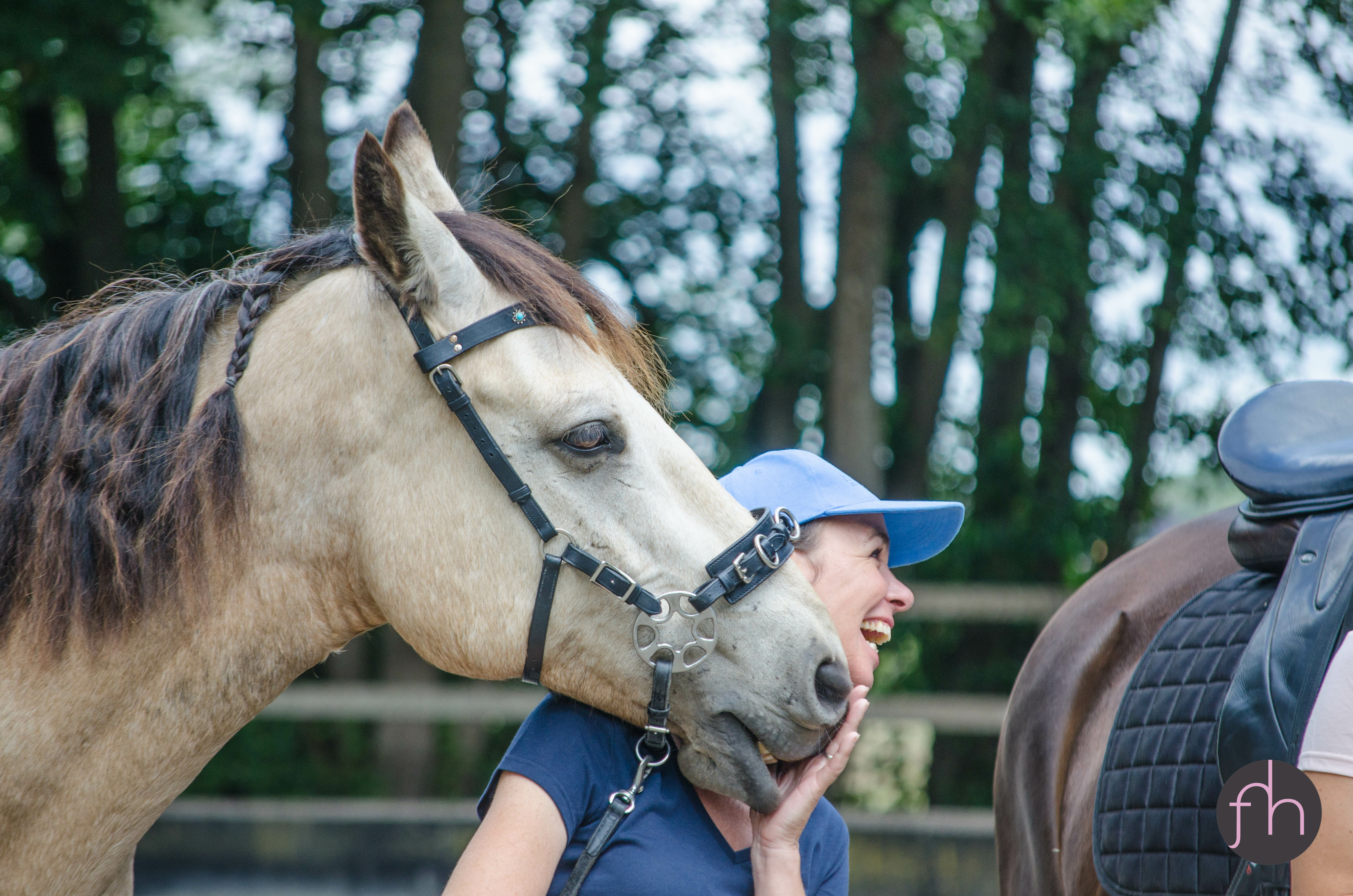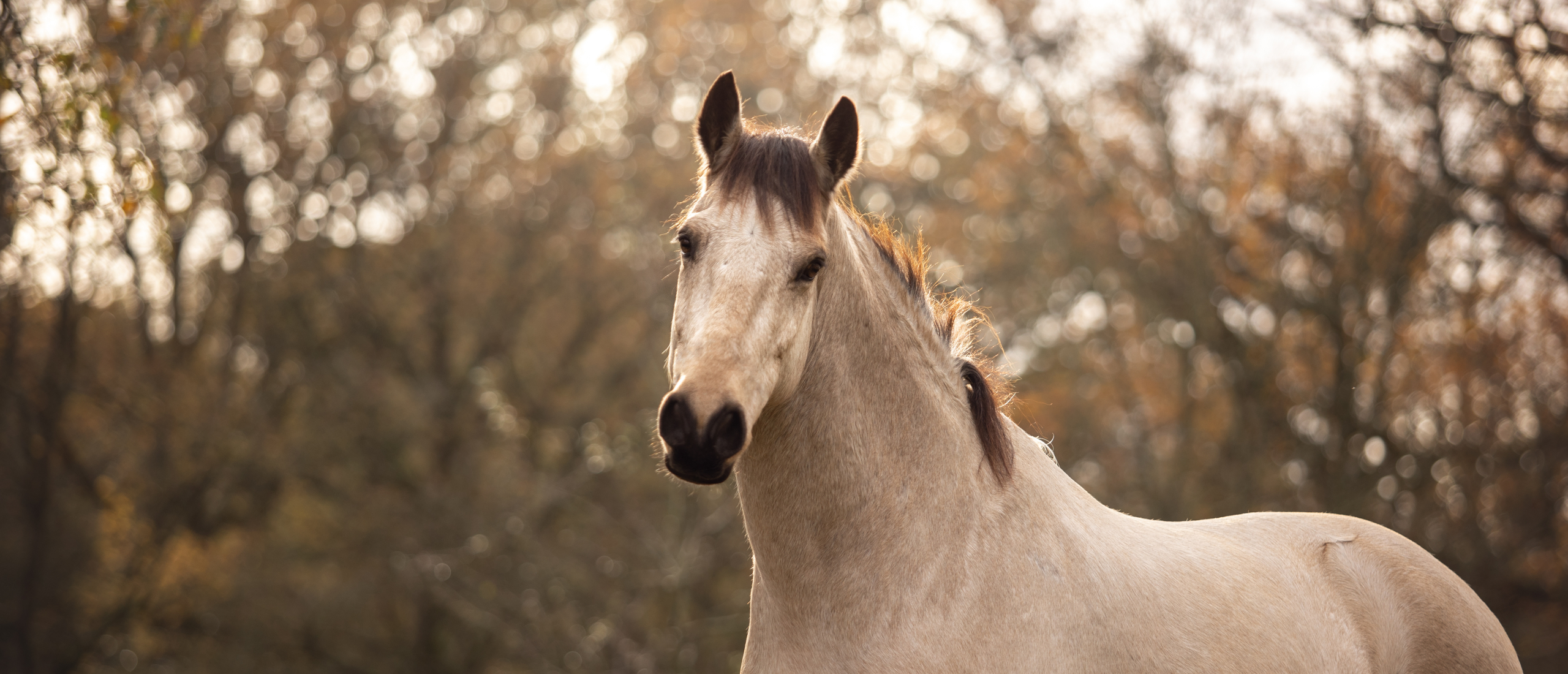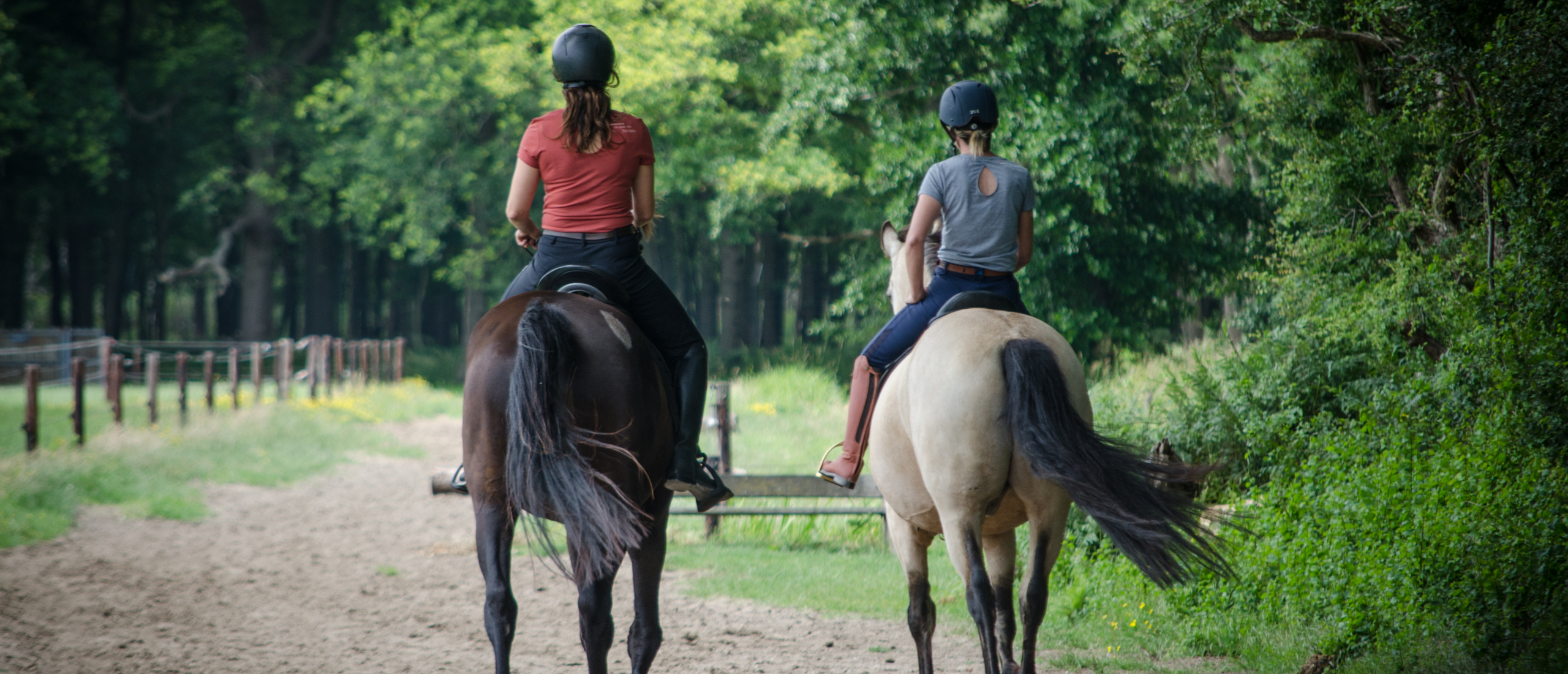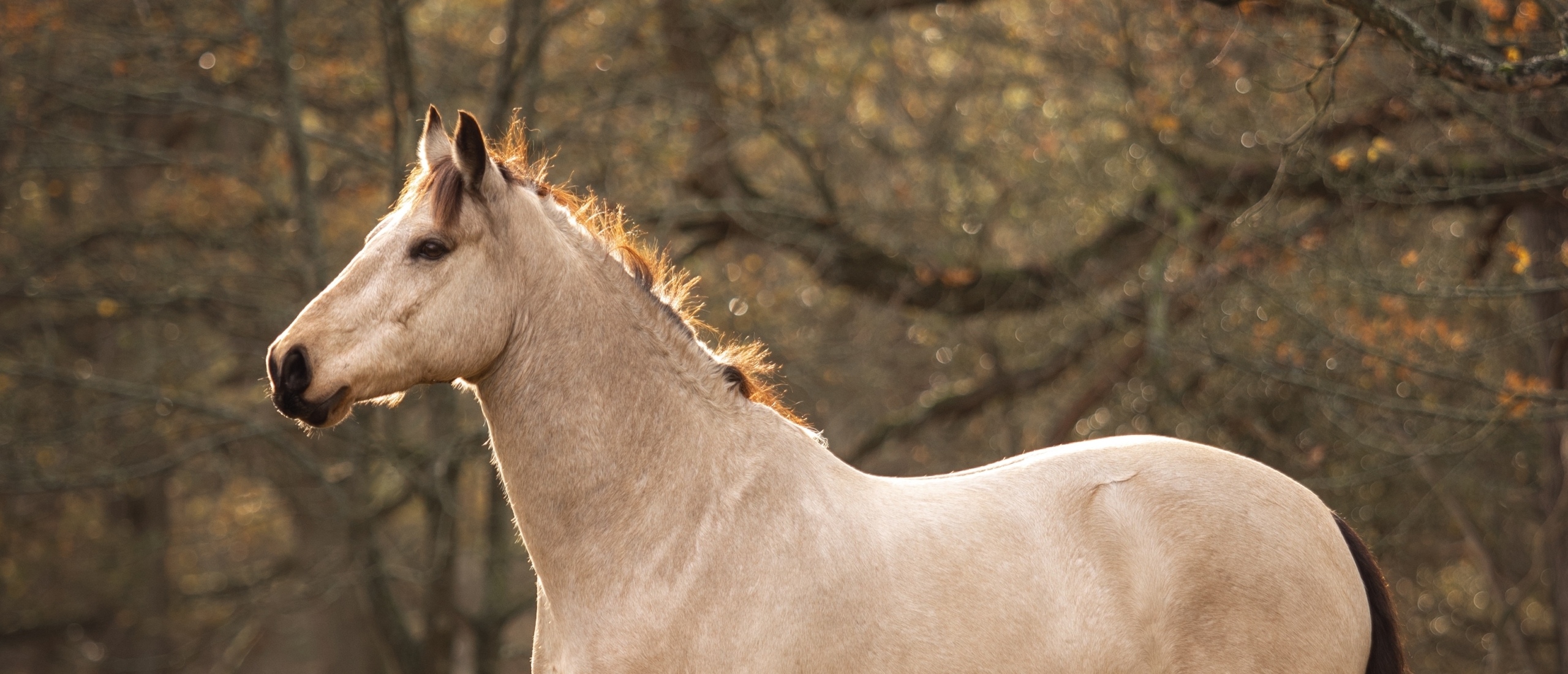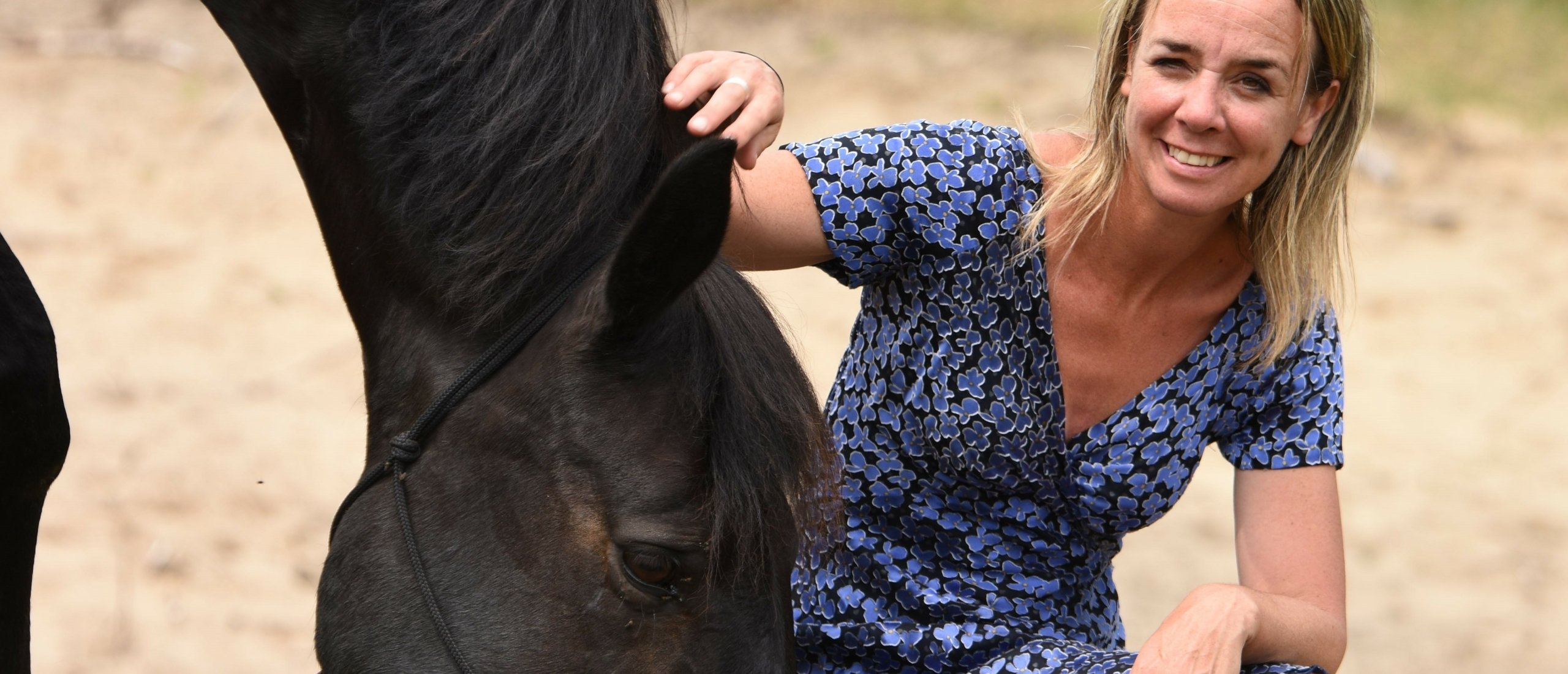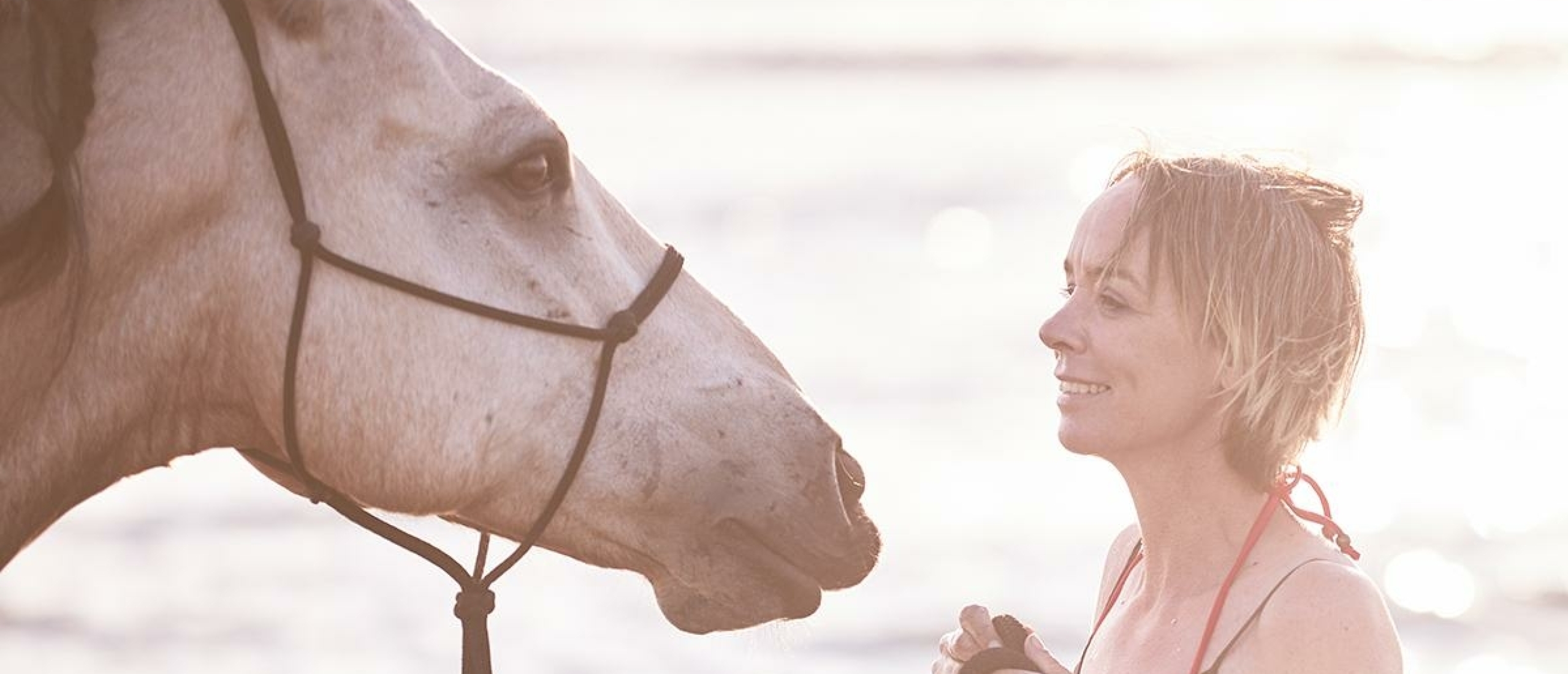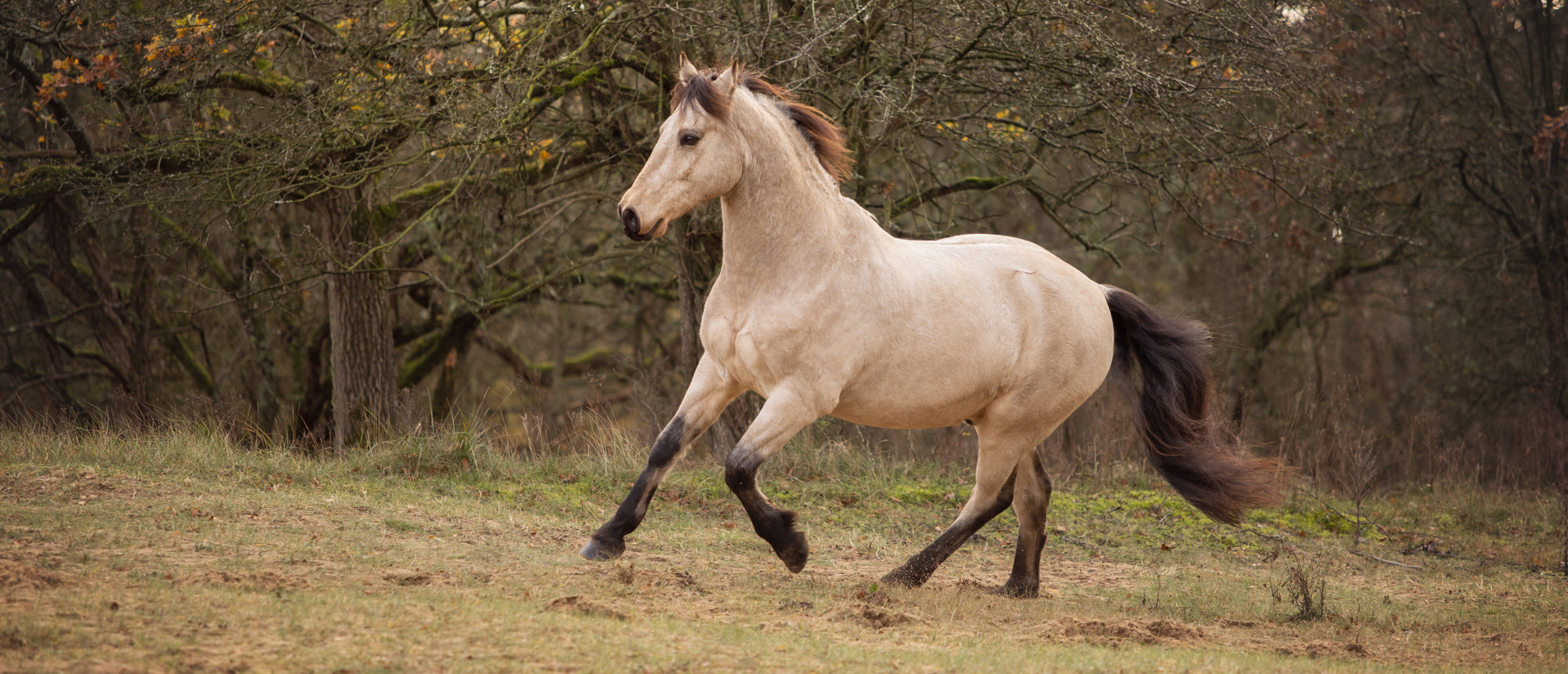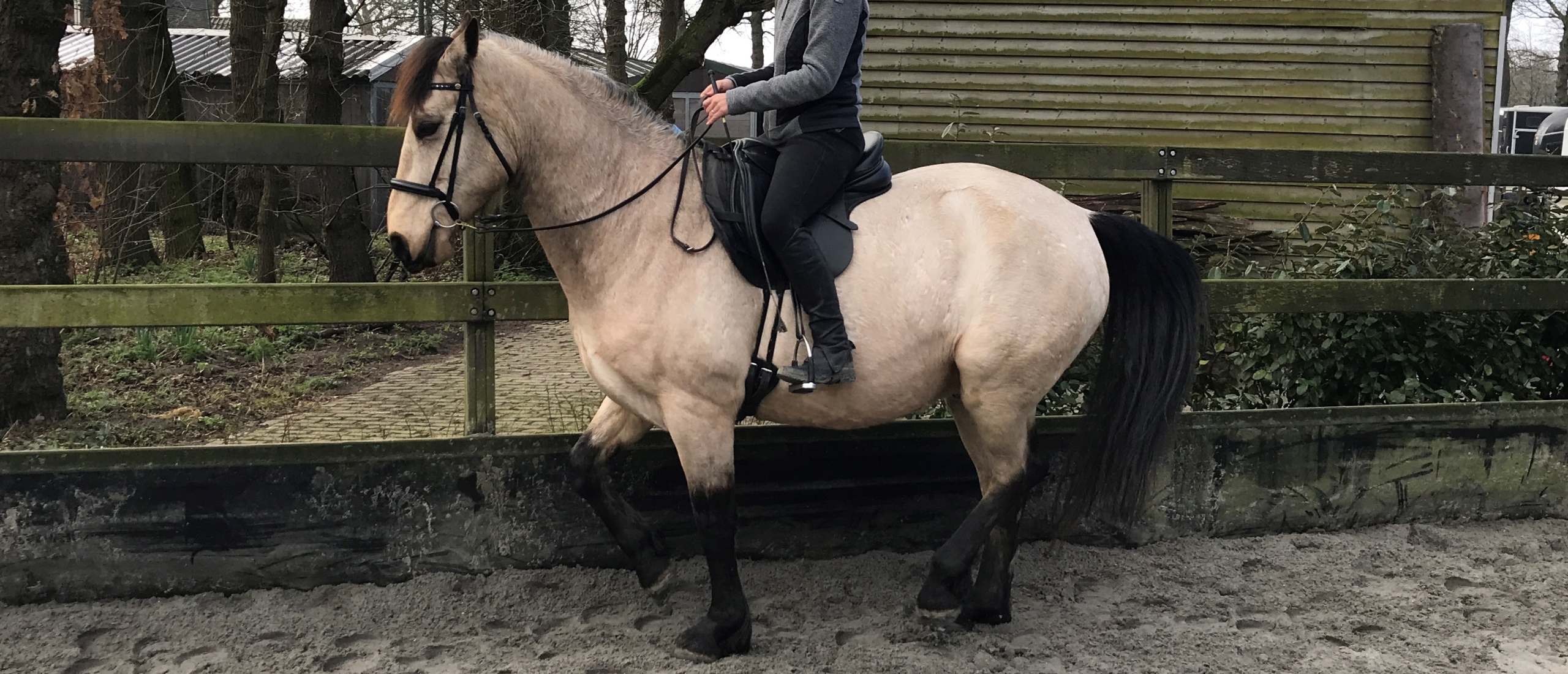
4. Getting those hands steady...
Why It Matters More Than You Think
One of the most overlooked yet vital parts of riding is the steadiness of your hands. As riders, we spend so much time learning the “big things” - the gaits, the cues, the contact, that we can easily forget about the refined art of stillness. But make no mistake: steady hands can make or break your horse’s experience under saddle.
The Problem with Bouncy Hands
If you're rising to the trot and your hands move with your body, up and down with every stride, you're unintentionally causing inconsistent rein contact. This instability makes it nearly impossible for the horse to seek a soft and reliable connection, whether you're working on stretching forward down or engaging in collected work. Worse still, it can lead to discomfort, tension, or even injury over time.
Many riders, even those with decades of experience, fall into this trap without realizing it. They might blame their bit, reins, or saddle, but the truth often lies in their own biomechanics and posture. Without steady hands, the horse can't trust the contact and ultimately, can't perform at their best.
An Example
I once observed a lovely Spanish horse with a kind nature and willingness to work. However, every time the rider rose to the trot, I could hear the horse's teeth chattering - a clear sign of discomfort. The rider’s hands were moving up and down with her body, unintentionally bumping the bit with every stride. Over time, the horse began to look tired and his natural movement diminished. Please note: this is not a one-off situation, it's a common issue with long-term consequences.
So, What Can You Do?
The good news is this: steady hands can be learned. It’s not about perfection; it’s about awareness and improvement.
Here are a few tips:
Check In With Yourself
- Record yourself riding - you don’t have to share it.
- Watch to see if your hands are moving with your body during the trot.
- Ask a trusted coach or friend for honest feedback.
The Elbow Trick
Wear a soft-shell jacket or imagine you're wearing one. Bring your elbows slightly inward so they touch the sides of your jacket. As you rise to the trot, listen: if your jacket rustles, it means your whole body, including your hands, is moving as one. Your goal is to have your body rise independently while your arms and hands stay quiet.
Ride From Your Core
Your core strength, not your legs or arms - should carry your posture. Learn to rise out of the saddle with your hips moving towards your hands, not away from them. This is the difference between a dead seat and a balanced, responsive one.
Progress Comes With Awareness
If you're used to gripping with your knees or locking your elbows, it will take time to unlearn. But the journey is worth it, for your riding and your horse's wellbeing. A horse that isn't bracing against your hands is a happier, more willing partner.
And remember: if you're compensating for unsteady hands by tightening your grip on the reins, you're not only affecting your horse's posture, but you may also be using the reins to balance yourself. That’s a red flag worth addressing.
Why It Matters
Riders with steady hands are more likely to:
- Develop light, responsive communication.
- Reduce their horse’s physical strain and injury risk.
- Build a trusting, comfortable partnership.
- Progress in dressage scores or other disciplines.
Ultimately, it’s not about riding perfectly. It’s about riding thoughtfully with the intention to improve your own body so your horse can move more freely and happily.
Final Thoughts
Being a good rider is about more than posture, it’s about self-awareness, growth, and humility. Your horse deserves a rider who’s willing to put in the work. Whether you’re rising to the trot, transitioning to sitting trot, or working through collection, steady hands are the bridge between intention and communication.
🌐 Learn with me at getgoodwithhorsescourses.com
📲 Follow me @getgoodwithhorses on Instagram, Facebook & TikTok.
And remember, if you're ever stuck, unsure, or just need clarity, reach out. I'm here to help.
Thanks for reading and as always, keep getting good with horses. 🐴
🎧 Listen to the related podcast:
